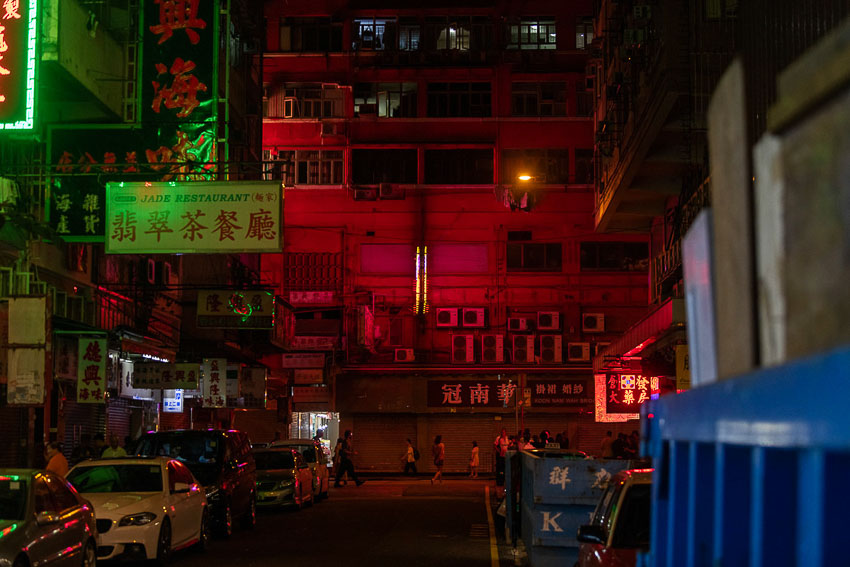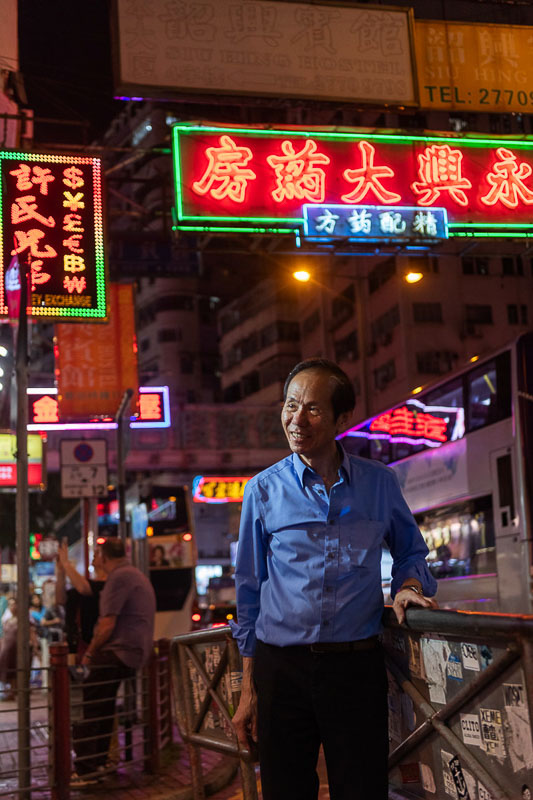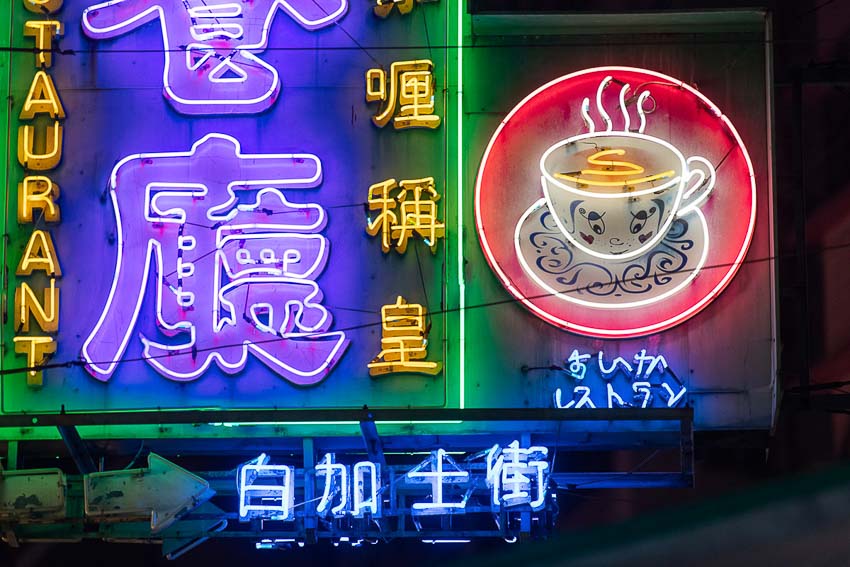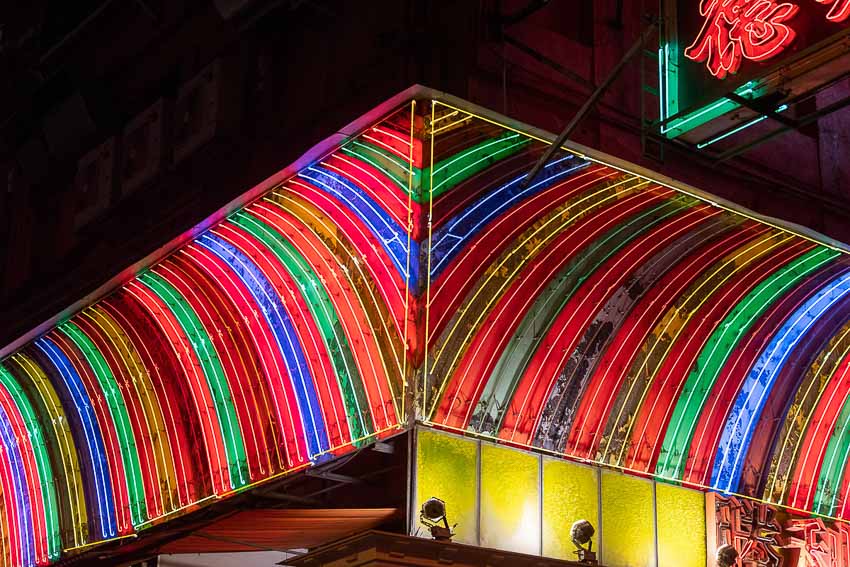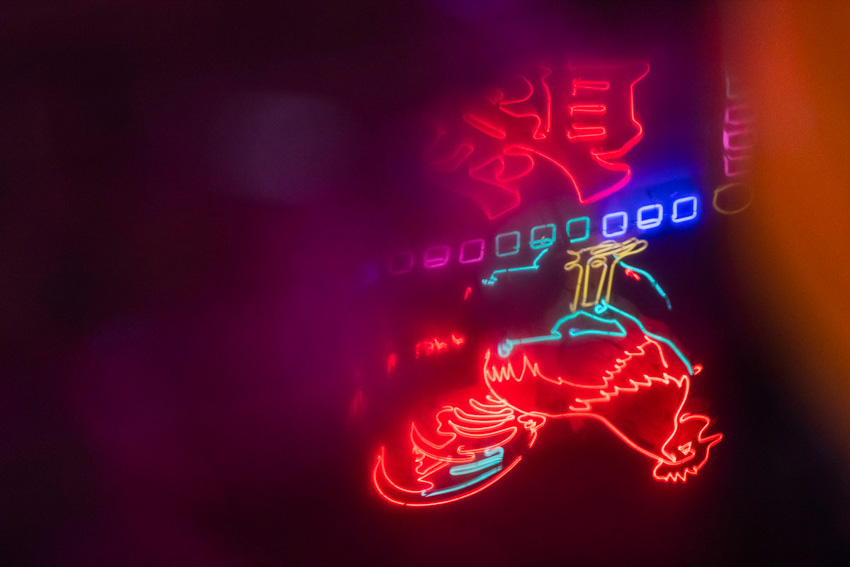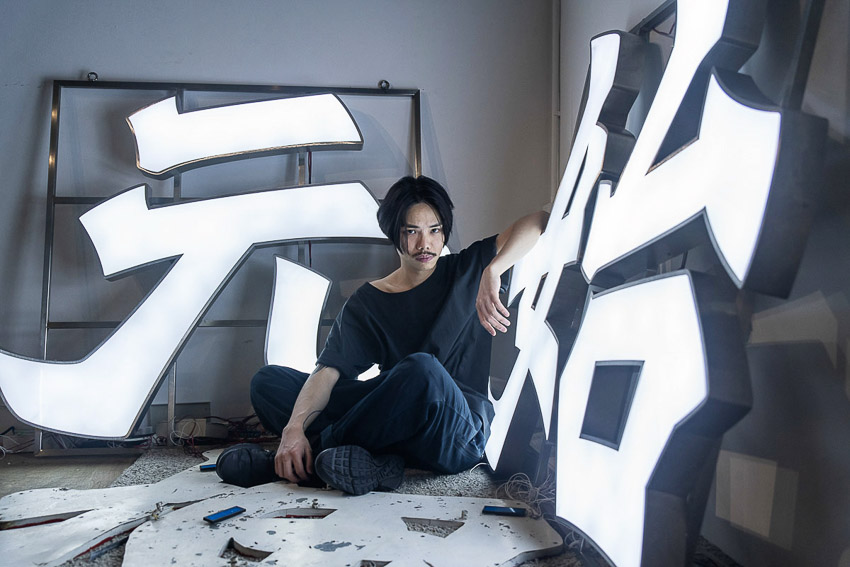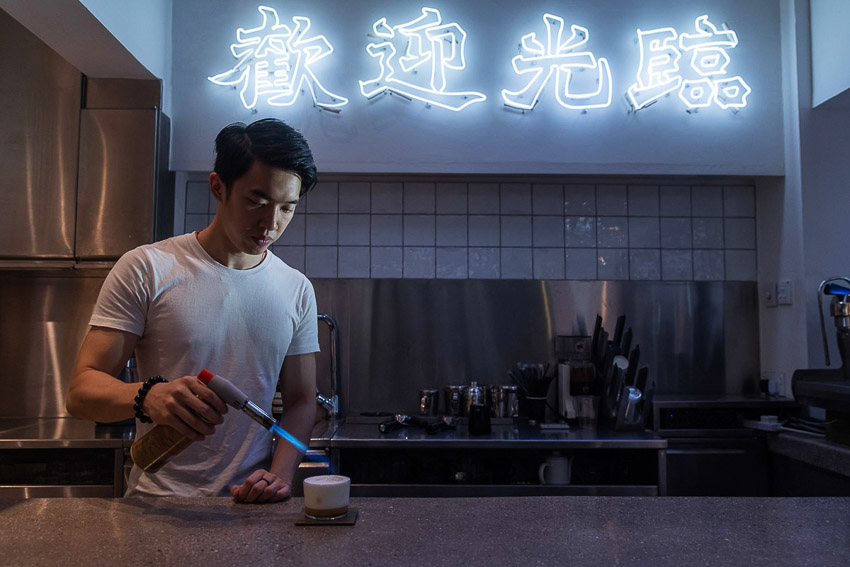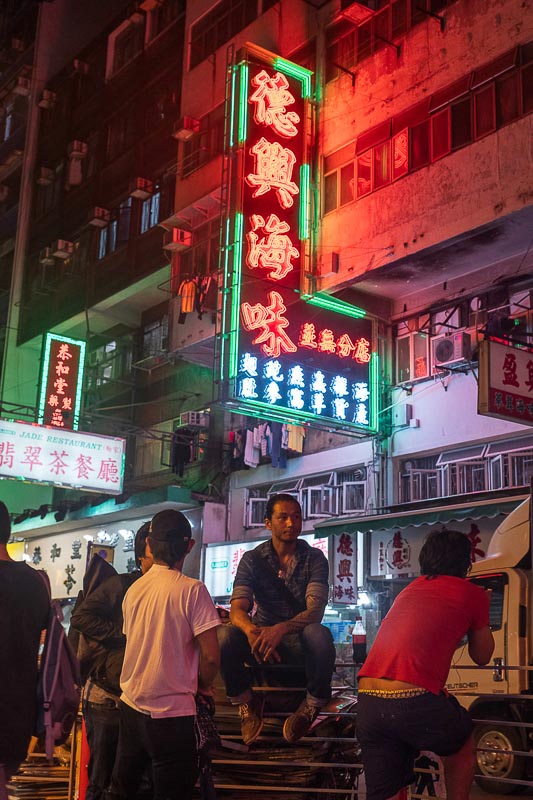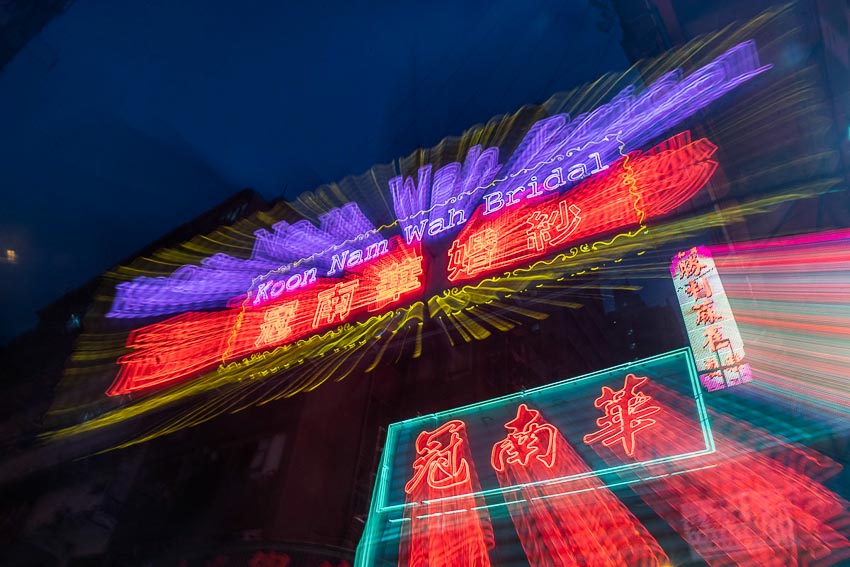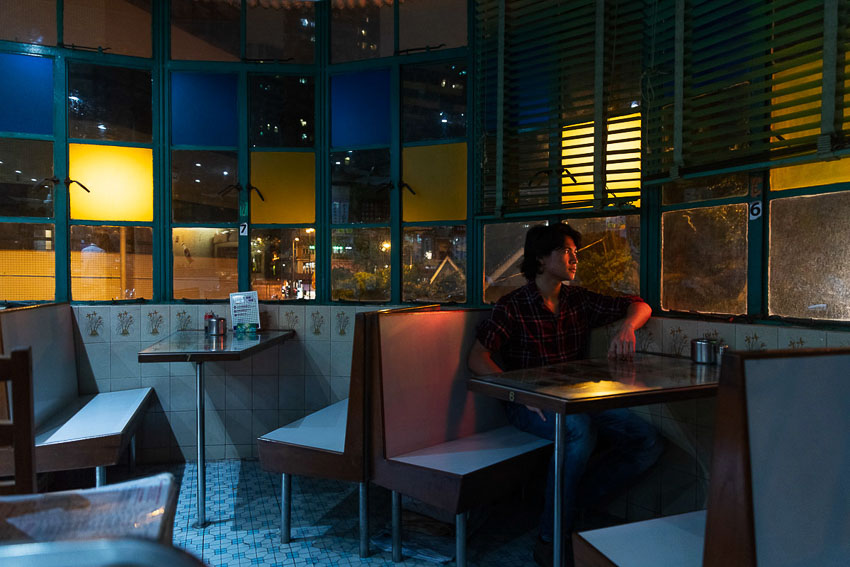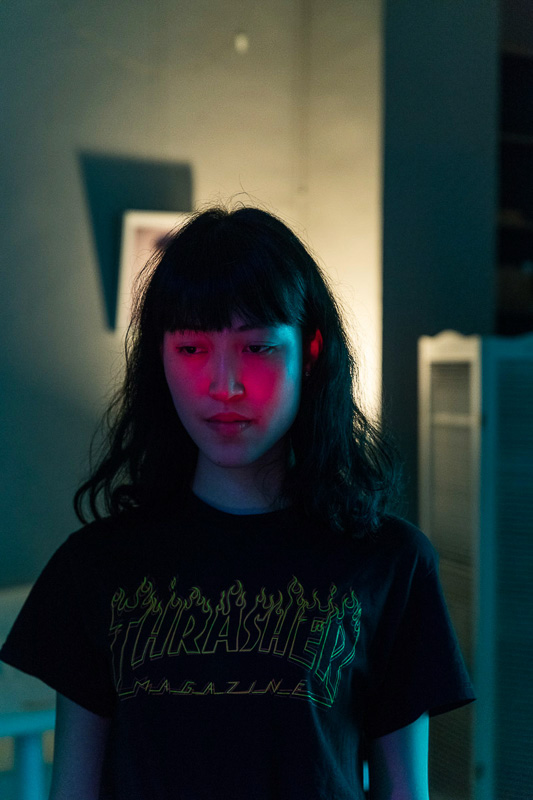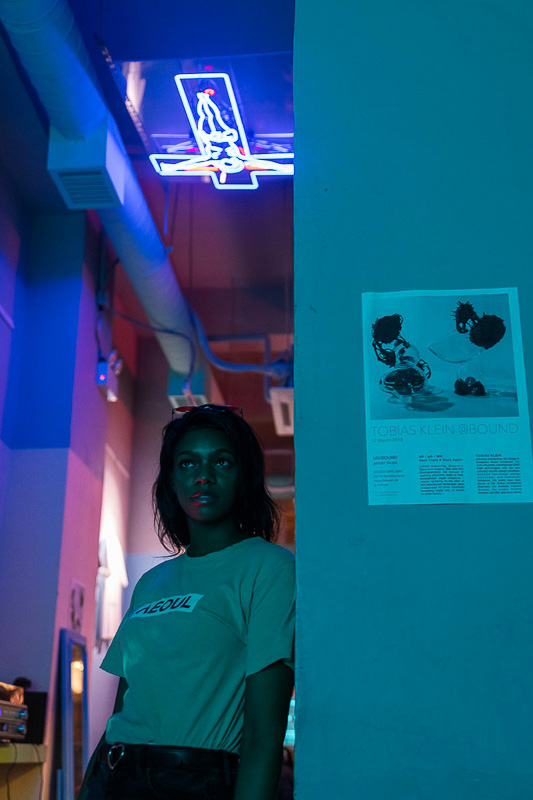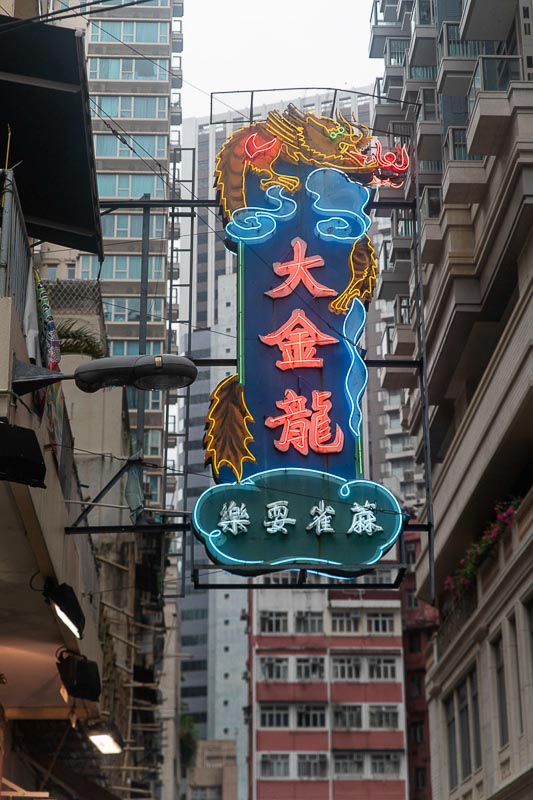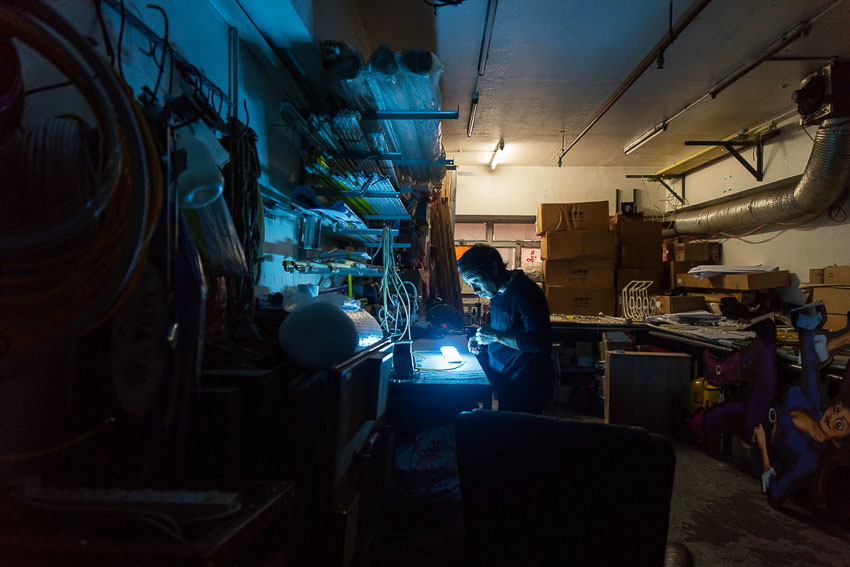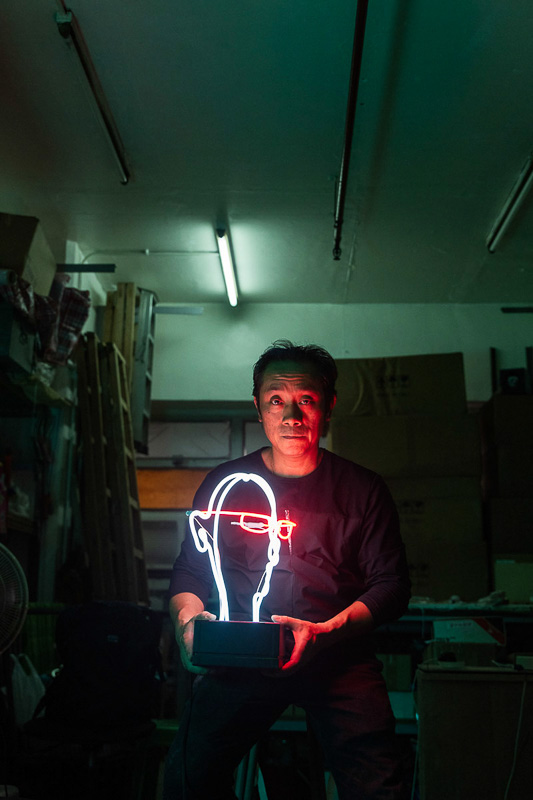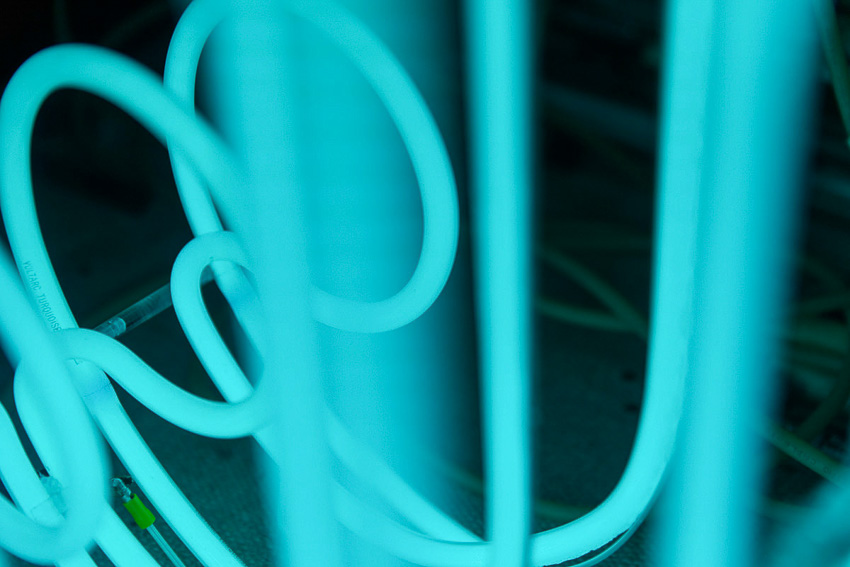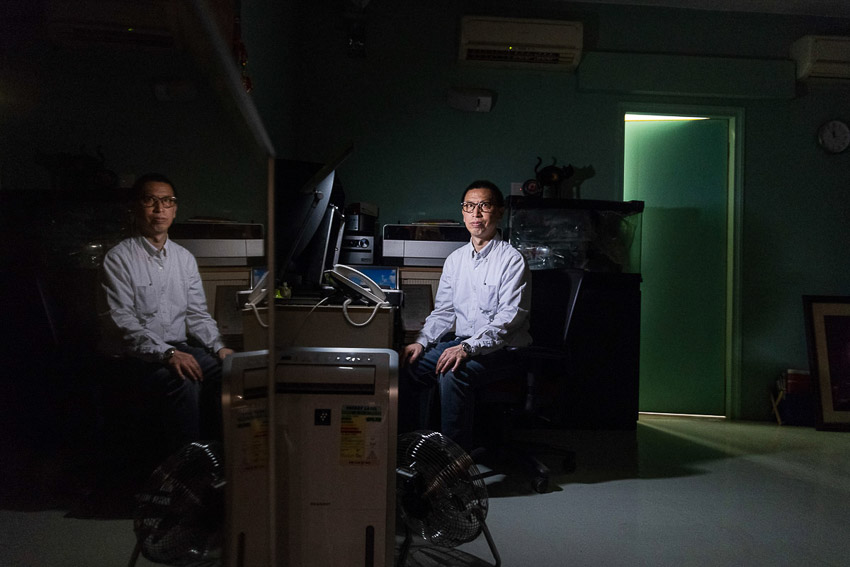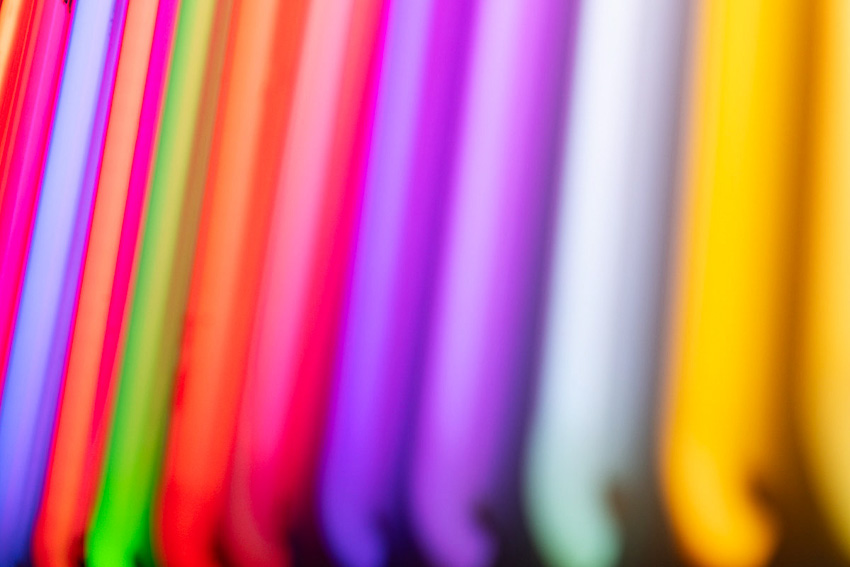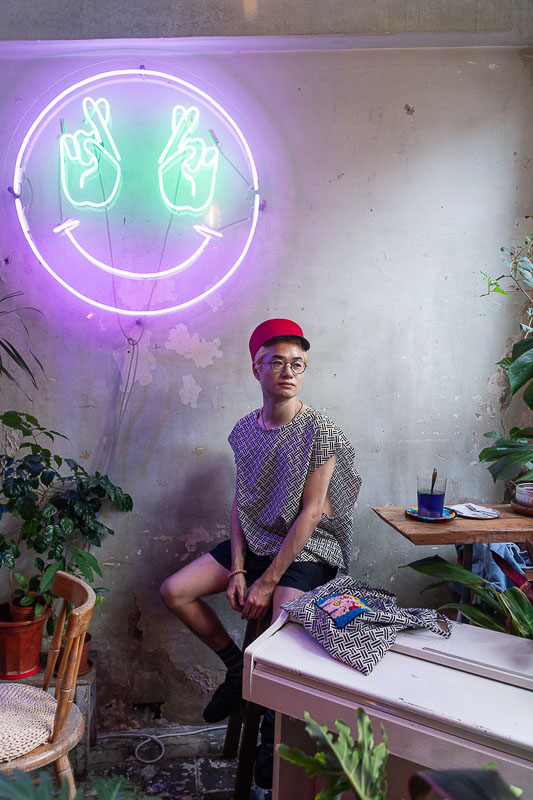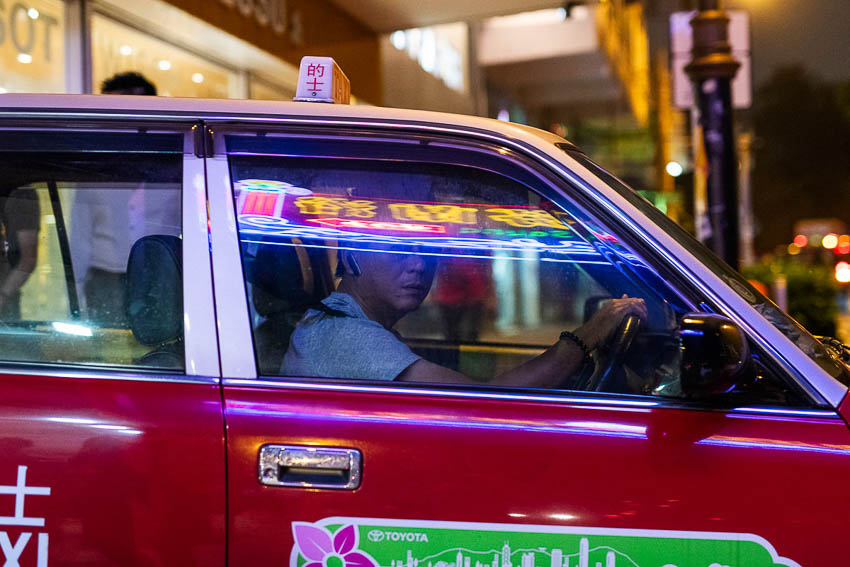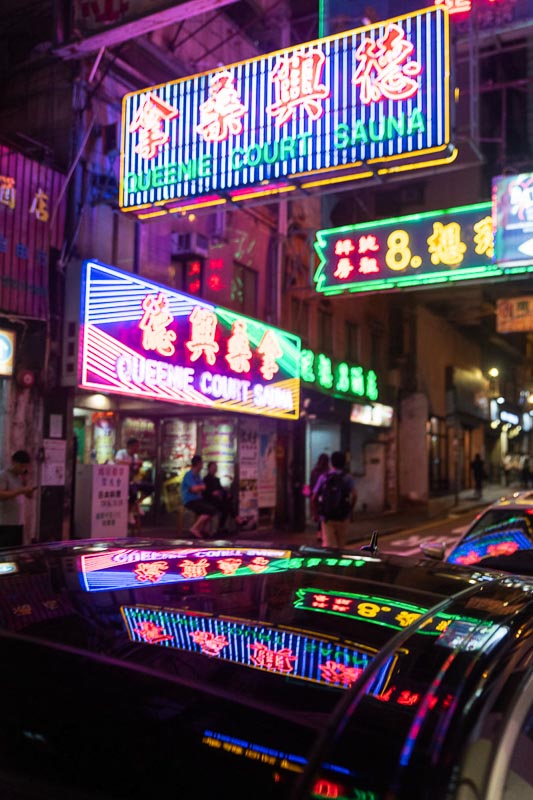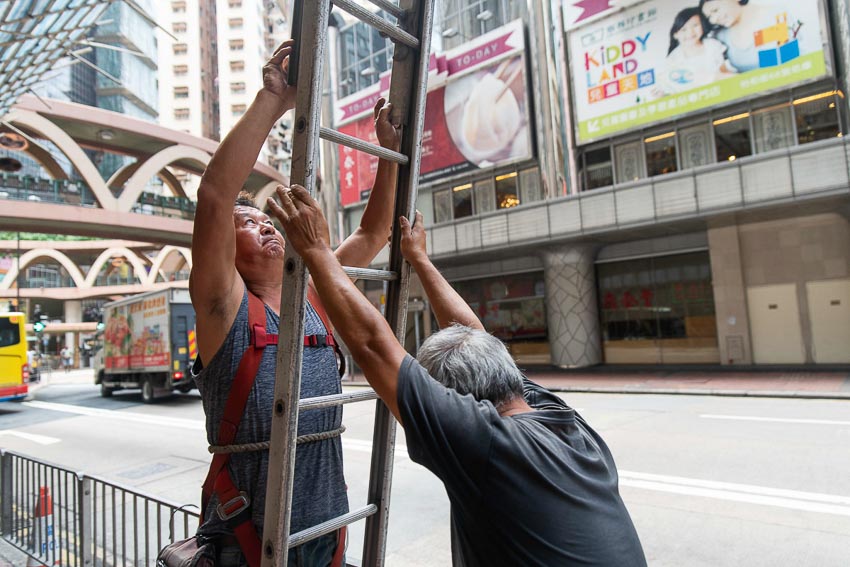Neon lights have been a staple of Hong Kong’s nightscape for decades, each and every corner of the city basking in their gentle light. The use of neon lights became wildly popular as a new advertisement method during the 1950s, when the economy of the city started growing and a consumerist society quickly developed. Vying for attention in the crowded streets of the former British colony, each business owner tried to outmatch their neighbor’s neon signs, erecting ever taller and bigger billboards. Soon, gleaming Chinese characters, sleek dragons and suggestive figures populated the night sky of Hong Kong, promising all kinds of amusements to the visitors of the “Pearl of Orient”. According to CityLife, a Hong Kong tourism magazine, up to 90% of the main neon lights of the city have disappeared during the last 20 years. “Neon has been the light of the city for a really long time, you couldn’t escape from it. You saw Hong Kong through neon lighting or because of neon lighting,” says Aric Chen, lead curator of design and architecture at the M+museum, focused on Hong Kong’s visual culture. Before the museum opened its doors, Chen curated M+’s first online exhibition in 2014, a highly popular website that celebrated the city’s neon installations, fuelling a nostalgic movement to rediscover them. Graphic designers and artists have bought into the initiative’s goals, creating new indoor neon signs and installations, and pushing for the revival of an icon of Hong Kong’s identity. “A lot of culture coming from China is influencing Hong Kong in different ways,” says Kwok. “People are becoming aware of the disappearance of Hong Kong’s culture, and want to retain it,” he says. This comeback has helped some of the companies still creating and installing neon billboards to find a new way to survive after years of losses. After more than three decades in the business, Frank Sin decided to launch his own company at the end of May, Frank Sin Neon Light Business, which manufactures and provides maintenance for neon lights. In less than a month, his new workshop has already received six orders. This new business-owner says that the demand for neon lights went up in 2012, when local artists and designers, sometimes returning from overseas, became aware of Hong Kong’s characteristic neon heritage. “Even earlier I would convince some customers to use neon lights instead of LED,” he says. But others don’t think this is a sustainable model. Wu Chi-Kai, one of the last neon lights craftsmen working in Hong Kong, says that his workshop can’t be sustained “through small-scale projects” and says that his workshop’s revenue is down 80% from 25 years ago. At the same time, technicians able to repair fragile neon tubes are more difficult to find than ever and their services are becoming pricier, shopkeepers complain. The result is that even the most iconic signs still standing in the streets might have two or three color tubes burned out, or some of the parts blinking gloomily. Text by: Eduard Fernandez
More in this
Guardian article. 